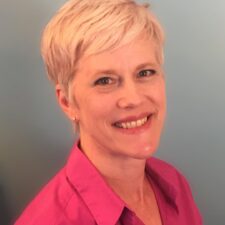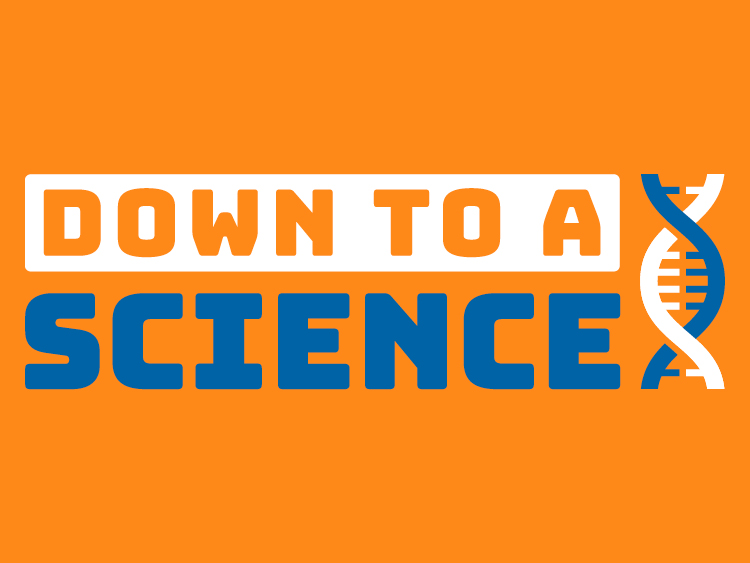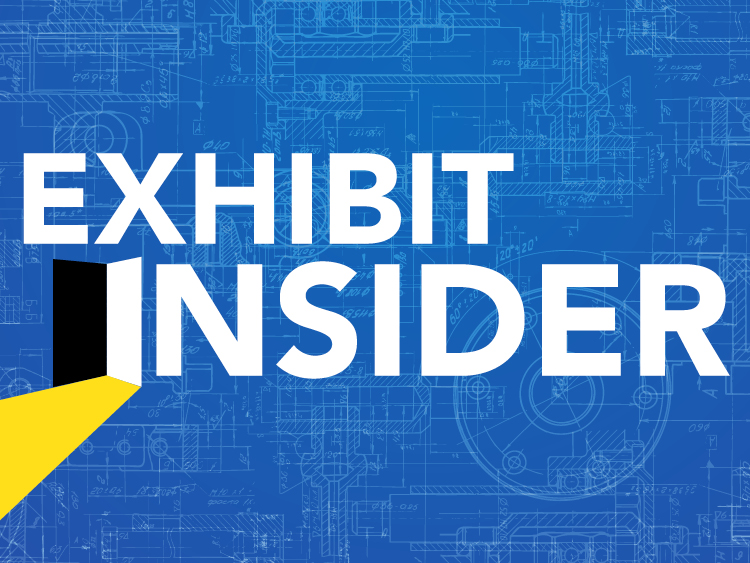This is the third in a year-long series of blogs about the Nature of Science and Culture in the Classroom. Be sure to read our previous blog post in the series from May.
For many, August is a time of anticipation and excitement about the coming year. This August, like last August, is again unprecedented and I thank you for continuing to take the time to read this series and persevere with your hard work amid the ongoing concerns of the pandemic. This month, we use our anticipation and excitement to think about students with disabilities and gifted and talented students. We’ll ground our thinking in the Nature of Science (NOS) idea that scientific knowledge assumes an order and consistency in natural systems. And we’ll explore how Crosscutting Concepts (CCCs) can bring learning communities together.
Along with English learners, these two groups of students vary in their abilities in the classroom. Gifted and talented students may be underserved not only because they are bored but also because they are paralyzed by a sense of perfection or by considering an issue so deeply as to become stymied by multiple possible outcomes. Recommendations include pre-testing, offering hard work first (skipping easier work altogether), and offering time for students with similar abilities to work together. In contrast, common accommodations and modifications for students with disabilities can include providing audio recordings, testing in another room, and giving extra supports or time.
Because of the differences in abilities, it can be useful to think of these students for a moment as making up the margins of our classrooms. Planning for a hypothetical “average” student will not serve any of these students. But, planning for average students and then making some tweaks does not serve these students well either. If we do, we are asking, how do we take curriculum and fix it to reduce barriers for students? It is better to build in accessible rigor from the start using Universal Design for Learning (UDL). With UDL, we can ask how do we intentionally design instruction for all the many ways that people learn? UDL is the approach that the NGSS Diversity and Equity Team used in writing the case study vignettes in Appendix D. The beauty of UDL is not only that it works for frustrated learners, but also that it works for overtaxed teachers. Let’s pick apart how.
In UDL, engagement comes first. UDL divides planning for learning into three areas based on neuroscience research. The first of these are the affective networks which is where we process the “why” of what we learn. To activate the affective network, educators must provide multiple means of engagement. It is on the teacher to provide options for recruiting interest, which is great news for those of us who are fully immersed in bringing a three-dimensional, phenomenon-driven learning experience to students. For example, some teachers have embraced the pandemic as both a high interest phenomenon and an engineering problem. The Connecticut State Department of Education (CSDE) actually collaborated with the Yale School of Medicine last year to produce high school level modules about COVID-19. One of our earlier blogs shared a few tips for initiating learning with a phenomenon that is meaningful to your students and empowering students to direct instruction with their own questions. Engagement like this benefits all students and gives options for students to come in at multiple levels according to their abilities.
Add just one more option. The other two areas of UDL are the recognition networks (the “what” of learning) and the strategic networks (the “how” of learning) which are activated by providing, respectively, multiple means of representation and multiple means of action and expression. UDL guidelines in general emphasize providing options and choice, and guiding towards independence. How many options are needed? Even one more option is more than students have now. That is, rather than getting overwhelmed thinking about all that we could do, let’s ask – can I add just one more option for now? Give students a choice between two readings, for example, or between a reading and a video. Ask students to develop a model that explains their thinking and also to justify a choice between two possible engineering solutions. Give students practice explaining their thinking to one another as well as to you. Browse through our other blogs for ideas for discourse, citizen science, notebooks, maker spaces, and summary tables.
Use technology. One bright spot of the last 18 or so months is that technology tools and broadband access are more widespread than ever. I know I am not alone in thinking that virtual learning is not a substitute for in person learning. Yet, technology tools increase our ability to give students choices and to improve access to achieve UDL. Some learners benefit from the flexibility of remote learning and feel more ownership for their learning. Technology tools like those here and here can be used to differentiate instruction. CSDE created the digital CT Learning Hub to share virtual resources and tips. One of the greatest resources to raise our tech savvy are our friends and colleagues. Ask someone what tool they use and then ask them for a 20-30 minute tutorial. If you have heard about a killer app but don’t know anyone who uses it yet, try searching for tutorials on YouTube. I have learned everything from advanced Excel functions to how to fix my washing machine on YouTube!
Bridge different abilities and progress using NOS and CCCs. As we plan for the heterogeneous ability levels in our classrooms more and more, we may find ourselves more aware of their heterogeneous progress on new learning as well. This is where using some of the non-DCI pieces of the NGSS can help as we build our UDL classrooms. Suppose we held a whole class review discussion of a scientific principle from the unit. We might quickly find some students still struggling to master the principle and other students bringing in complexities that confuse the rest. Any of the students may wind up off task if they lose their confidence in engaging in the discussion meaningfully.
The NOS and the CCCs can be the skeleton that supports everyone in a conversation on one topic, but on multiple levels. The NOS idea that we are considering this month is that scientific knowledge assumes an order and consistency in natural systems. Including this idea in the discussion can help students who question whether we can always draw conclusions or make predictions based on past events. It can be worked into a graphic organizer to help students identify evidence that supports a claim. It can help students who are overwhelmed by giving them the task of trying to pick out the order and consistency from a set of experiences. We have also written before about using CCCs as a way to organize and unify scientific disciplines, perhaps by using sentence stems. Together, phenomena, NOS, and CCCs provide ways to interact with content on many levels which keeps all students engaged and learning.
Some final thoughts. We can explore implicit bias by reflecting on what we think it means to provide an equitable education for students with different abilities. As we do this, do we have a deficit mindset towards some of our students, focusing on what they cannot do? Or do we leverage their abilities, identities, and experiences as assets? Do we believe any of these common myths about gifted students? Also, do we directly address the implicit biases of students about their peers? If not, consider some ways to make equity conversations part of the culture of your science classroom. In the sense that there are no average students, all students can be in the margins at one time or another. Inclusion, UDL, and planning for the margins, helps all students.
As always, review the case studies in Appendix D for more ideas for students with disabilities and gifted and talented students. Join our Facebook Educator’s hub and let’s keep the conversation going! In our next series blog, we will consider that science is a human endeavor and how engineering can engage economically disadvantaged students and students in alternative education programs
This content was made possible in part by the Institute of Museum and Library Services.

Gail Mitchell Emilsson is a Professional Learning Specialist at the Connecticut Science Center’s Mandell Academy for Teachers. Previously, she worked in pharmaceutical research and as a high school science teacher in high need schools. Gail’s professional interests include supporting educators in creating meaningful and equitable science learning experiences. Gail joins the rest of the Mandell team in designing and providing immersive professional learning and coaching in districts.


